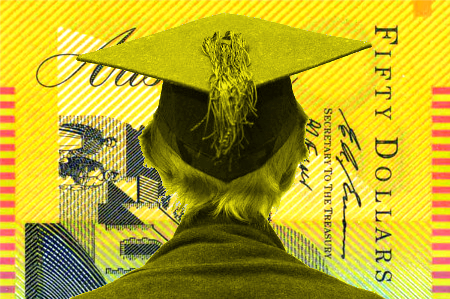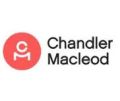HECS rise prompts response
 A spike in tertiary education loan costs has prompted more calls for reform.
A spike in tertiary education loan costs has prompted more calls for reform.
Australian students and graduates are bracing for another significant increase in their HECS-HELP debts, set to rise by 4.7 per cent on June 1, following the release of March inflation data.
This year’s increase, though not as steep as last year's 7.1 per cent, marks the second-highest in a decade.
The HECS-HELP indexation rate, directly tied to the consumer price index (CPI), adjusts the debt annually to reflect changes in the cost of living. This is meant to ensure the real value of the money borrowed is maintained over time.
In response to the record increase last year, many Australians chose to pay off their debts early.
Economists point out that historically, the indexation rate on the student loans has been lower than potential earnings from savings accounts or the benefits of paying down a mortgage. However, with recent higher rates, the benefits of early repayment have become more appealing.
The ongoing debate around the fairness of HECS-HELP debts continues, especially considering its impact on other financial decisions, such as home ownership.
With rising national dissatisfaction, petitions have emerged online advocating for reform of the HECS-HELP indexing method, gaining substantial support.
Additionally, economic experts argue that increased taxes on fossil fuels could offset these debts.
“It is obscene successive governments say they want to encourage kids to go to university, they want to encourage people to improve their education, but here we are with this tax regime,” says Dr Richard Denniss from the Australia Institute.







 Print
Print


